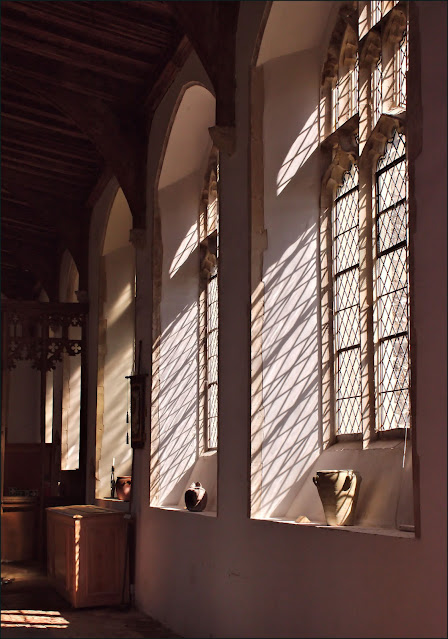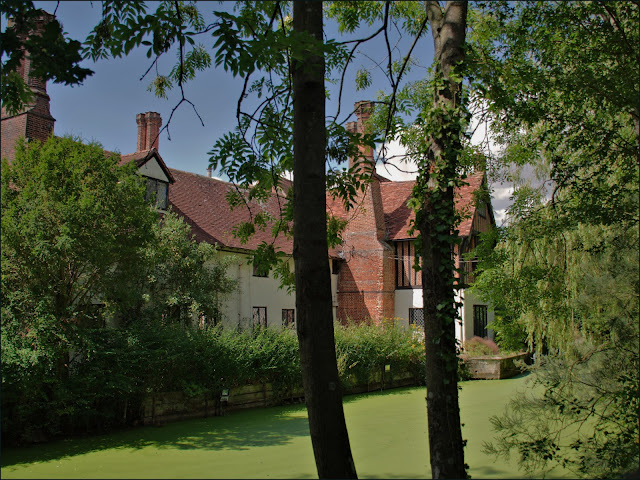Just a few photos today from a recent morning at Kingfishers Bridge nature reserve in the fens just south of Ely. The flat fields of Fenland don't get much credit for their scenery and the farmers are rarely praised for their conservation work, but here is a little island of hope which is all the work of farmer Andrew Green.
At this time of year the fen meadows are full of golden wildflowers. I'm not sure what has sent those distant trees into a premature autumn; they must be under some kind of stress, I would think, though it can't be shortage of water after this damp summer.
That's Purple Loosestrife growing among (probably) Common Fleabane, though I'm not really sure exactly what flowers are there because you can't just go where you like at Kingfishers Bridge. There are electric fences to keep people and predators out of the reserve, though you can walk around the perimeter and there's a hide perched on a small, man-made hill from which you can look out over the whole site.
You can even see Ely Cathedral, some four and a half miles (7.2 km) away. The open water is part of the reserve and that's where the majority of the birds congregate - slightly beyond the range of my modest 'scope and aging eyes!
The land here is kept in shape by a small herd of Konik ponies and a few Water Buffalo. We saw both rather distantly and an incongruous sight they make on the fens of Cambridgeshire. Water Buffalo are particularly useful in the reedbeds where they trample and graze on land too flooded for other animals and men with machines to venture.
They are having considerable success here, both encouraging plants to grow that were almost lost to the fens, as well as allowing birds to breed. It also serves as a stopping off point for migrating birds.
This ancient caravan has been here for a good while and must serve some purpose, though I've no idea how it got here. But would anyone like to guess what's shown in my last picture....?
























































